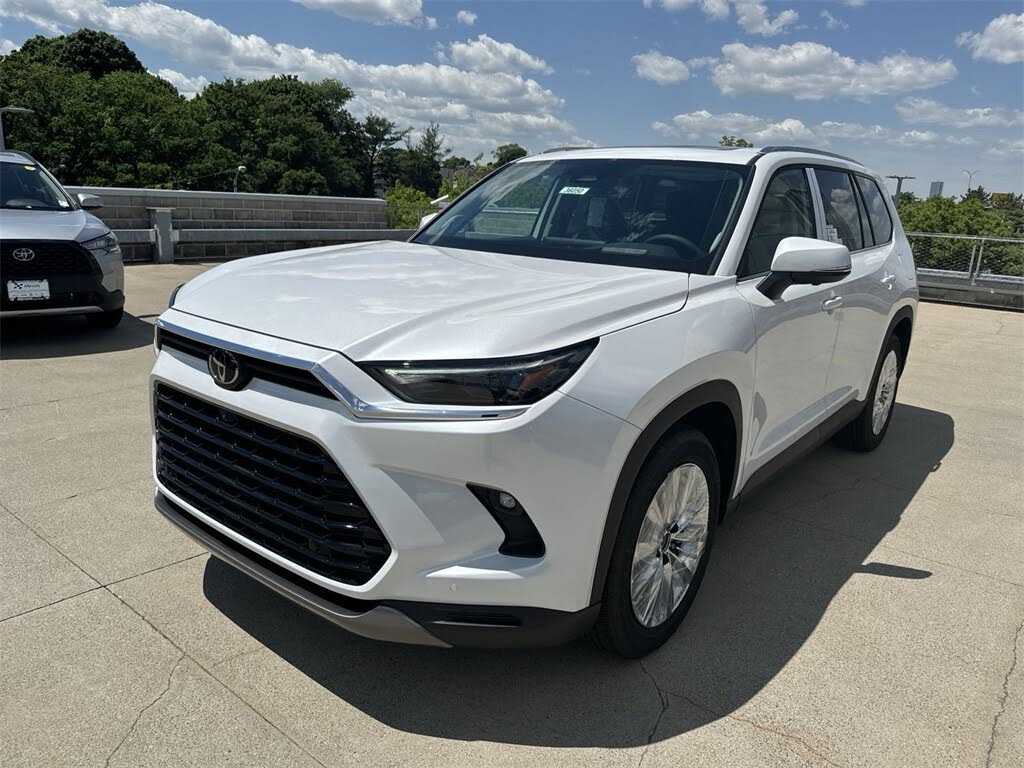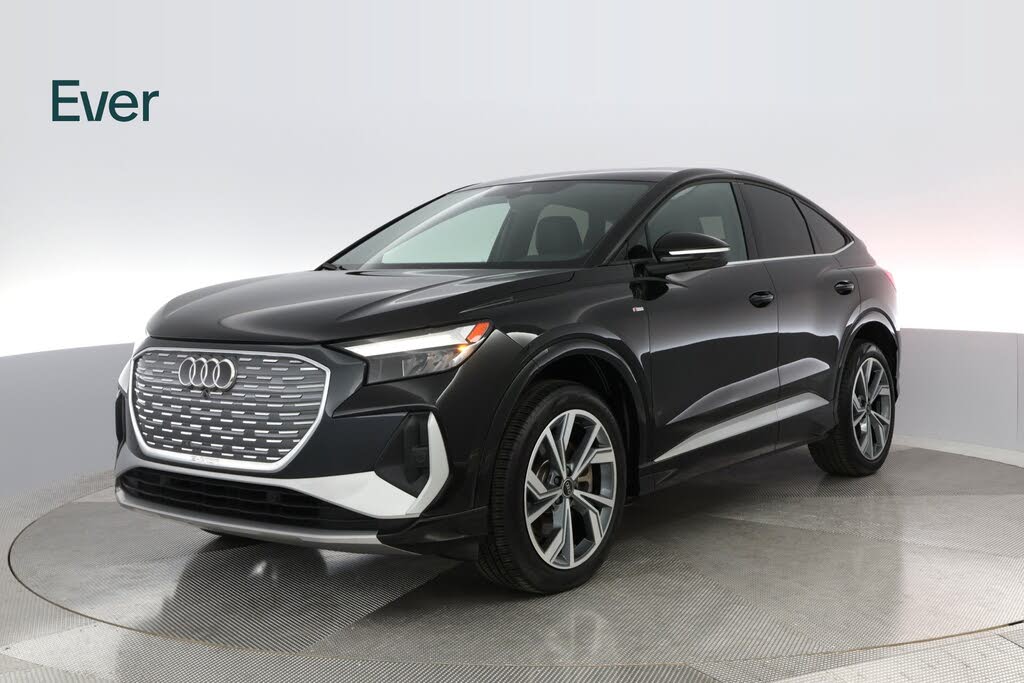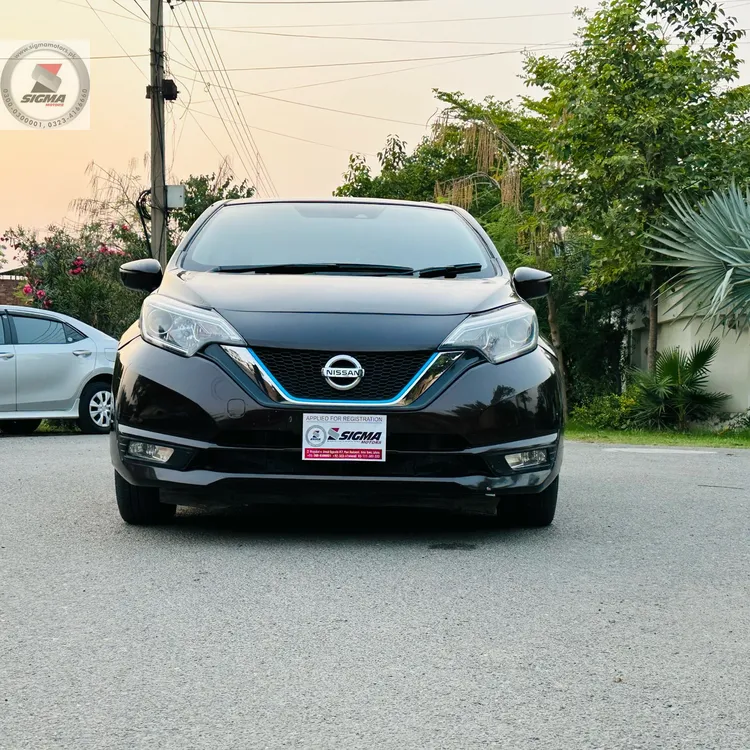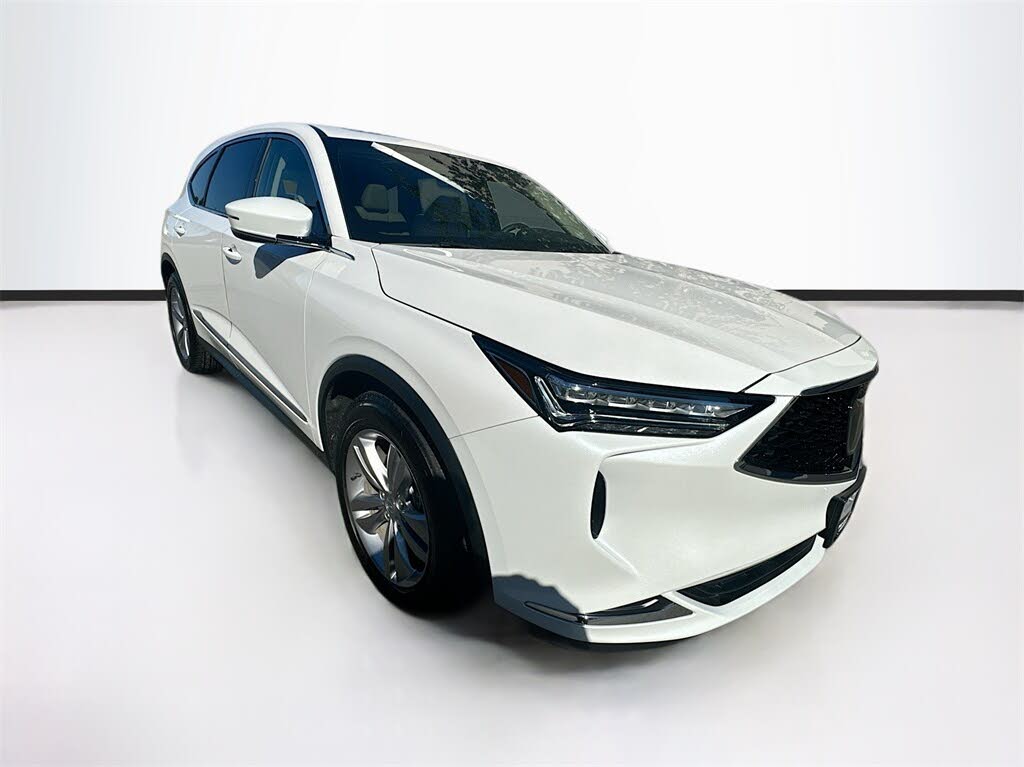How New Automotive Tariffs Impact Car Buyers: Pricing, Supply & Strategies
The automotive industry faces unprecedented changes with the implementation of sweeping new tariffs affecting both imported vehicles and components. These policy changes carry significant implications for:
- Vehicle pricing structures across all market segments
- Manufacturing and supply chain operations
- Consumer purchasing power and market dynamics
- Long-term automotive industry trends
Key Insight: The tariffs extend beyond just fully assembled imported vehicles, encompassing automotive parts and components. This means even vehicles manufactured domestically may face price increases due to more expensive imported parts.
Direct Impacts on Vehicle Pricing
The tariff structure introduces several layers of potential price increases that consumers should understand when considering a vehicle purchase.
--TOP ADVERTISEMENT HERE--
New Vehicle Market Effects
Approximately half of all vehicles sold in the domestic market contain significant imported content. The tariff structure imposes substantial costs that manufacturers will likely pass through to consumers in various ways:
- Direct price increases: Some models may see immediate MSRP adjustments
- Destination charge adjustments: Manufacturers may use this flexible cost component to absorb tariff impacts
- Reduced incentives: Rebates and financing deals may become less generous
Used Vehicle Market Dynamics
The used car market typically responds to new vehicle price movements through several mechanisms:
- Increased demand from price-sensitive buyers shifting from new to used
- Supply constraints from reduced new vehicle sales affecting future trade-ins
- Residual value adjustments affecting lease returns and certified pre-owned programs
-
Supply Chain and Availability Considerations
Beyond direct pricing effects, the tariffs may disrupt vehicle availability through several channels:
Production Impacts
Automotive manufacturing relies on complex global supply chains that may face:
- Parts shortages as suppliers adjust to new cost structures
- Production line slowdowns or temporary shutdowns
- Model mix adjustments favoring domestic content vehicles
- --FIRST CONTENT ADVERTISEMENT HERE--
Inventory Management Changes
Dealers and manufacturers may implement new strategies including:
- Prioritizing allocation of high-demand models
- Extended lead times for custom orders
- Reduced inventory diversity to focus on high-turn models
Strategic Approaches for Car Buyers
In this evolving market landscape, consumers can employ several strategies to optimize their vehicle purchases.
Timing Your Purchase
The optimal timing for a vehicle purchase depends on multiple factors:
- Immediate needs: Those requiring a vehicle soon may benefit from acting before full tariff impacts materialize
- Flexible buyers: Consumers with flexibility might monitor market developments for stabilization
- Seasonal factors: Traditional sales periods may still offer relative value despite tariff pressures
Vehicle Selection Strategies
Consider these approaches when evaluating options:
- Domestic content analysis: Research vehicles with higher domestic parts content
- Total cost of ownership: Factor in long-term operating costs beyond purchase price
- Alternative segments: Explore different vehicle categories that may be less affected
- --SECOND CONTENT ADVERTISEMENT HERE--
Expert Tip: When negotiating, focus on the vehicle's complete pricing structure rather than individual line items. Dealers may have flexibility in how they allocate tariff-related costs across different charge categories.
Long-Term Market Outlook
The automotive market will likely undergo significant transformations in response to these trade policy changes, with several potential developments:
Manufacturing Adjustments
Automakers may accelerate several strategic shifts:
- Increased domestic production capacity
- Supply chain localization efforts
- Product portfolio adjustments favoring tariff-advantaged models
Consumer Behavior Changes
Buyer preferences may evolve in response to market conditions:
- Extended ownership cycles as prices rise
- Increased interest in alternative mobility solutions
- Greater focus on vehicle longevity and maintenance
-
Frequently Asked Questions
How quickly will we see price changes from the tariffs?
Manufacturer responses will vary, but most analysts expect gradual implementation over several months as inventories turn over and supply chains adjust.
Are there any vehicles that won't be affected by the tariffs?
Vehicles with exceptionally high domestic content (typically above 75%) will see minimal direct impact, though all vehicles may experience some indirect effects from broader market movements.
Should I consider delaying my purchase until the tariffs are resolved?
Market conditions suggest that waiting carries its own risks, as prices may continue adjusting upward. The optimal timing depends on your specific needs and market conditions in your region.















